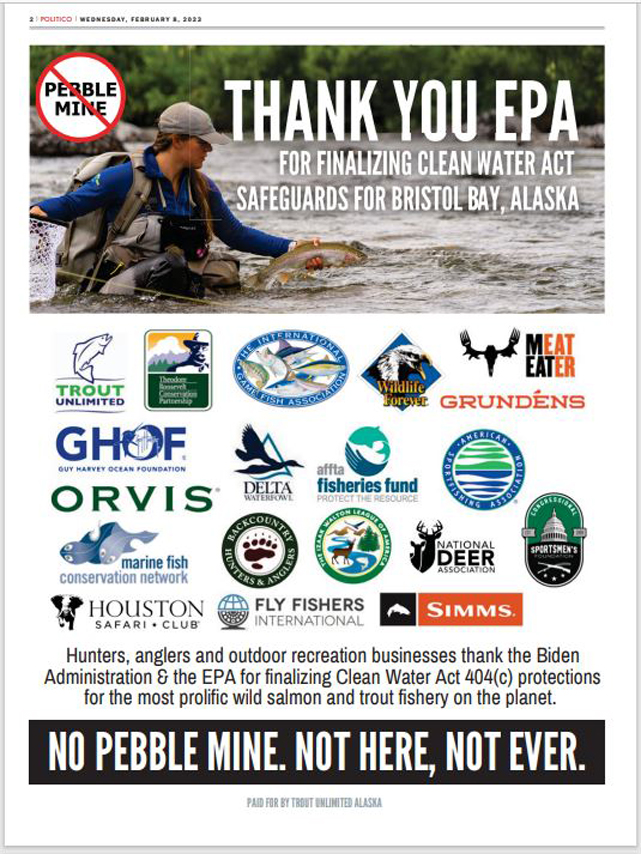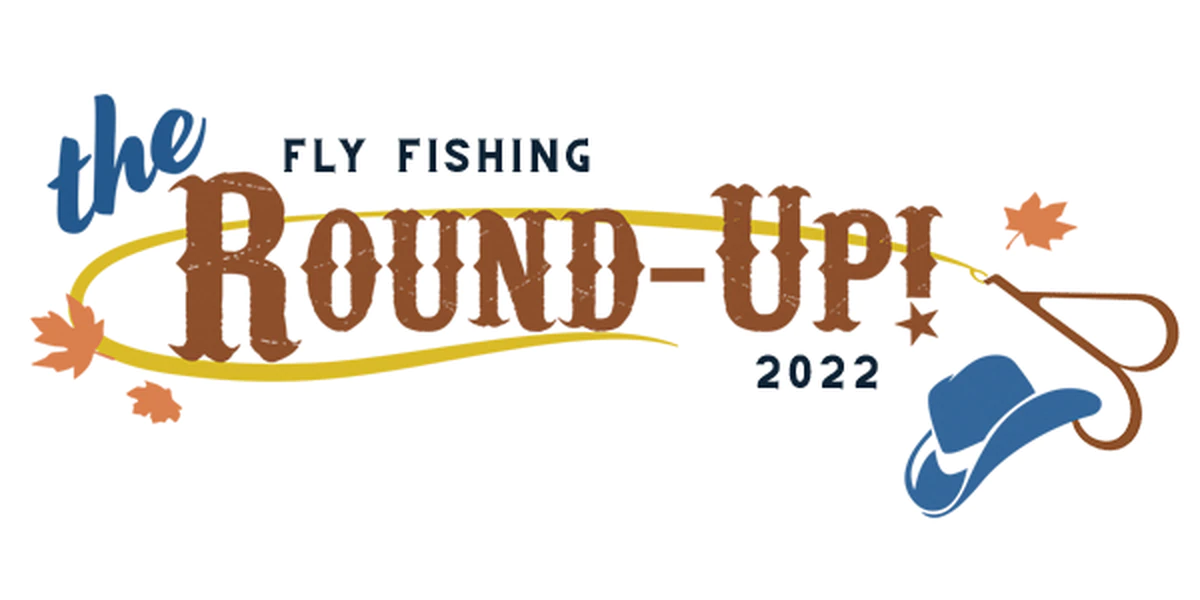Welcome to the latest installment of the Wednesday Wake-Up Call, a roundup of the most pressing conservation issues important to anglers. Working with our friends at Trout Unlimited, Backcountry Hunters & Anglers, the Theodore Roosevelt Conservation Partnership, The Everglades Foundation, Captains for Clean Water, VoteWater.org, and Conservation Hawks (among others), we’ll make sure you’ve got the information you need to understand the issues and form solid opinions.
1. Celebrating Victory in Bristol Bay
The recent final determination under the Clean Water Act 404(c) issued by the Environmental Protection Agency (EPA) effectively ended the long battle to stop Pebble Mine, and many on the winning side have taken the opportunity to thank everyone who played a role–via donations, emails, testimony, or the like.
The above video, created by United Tribes of Bristol Bay and SalmonState is a great example:
Thank you to everyone who spoke at a public hearing, submitted a written comment, called your elected leaders, put a ‘No Pebble’ sticker on your water bottle! The EPA’s protections for Bristol Bay are all thanks to the thousands of people who have stood together through the decades. Thank you to the Bristol Bay leaders, Tribes, residents, sport and commercial fishermen, businesses and other supporters across the nation! Our voices made a difference, and we wouldn’t be celebrating this moment without all the support.
Meanwhile, Trout Unlimited-Alaska took out an ad on Politico to share credit for the victory, as well.
Click here to learn more about the EPA decision on smithsonianmag.com
2. Scientists Fear a Great Toxic Dustbowl Could Soon Emerge from the Great Salt Lake

Photo via EROS/USGS
Like the rest of the West, Utah has a water problem. But megadrought and overconsumption aren’t just threats to wildlife, agriculture and industry here. A disappearing Great Salt Lake could poison the lungs of more than 2.5 million people.
When lake levels hit historic lows in recent months, 800 square miles of lakebed were exposed – soil that holds centuries of natural and manmade toxins like mercury, arsenic and selenium. As that mud turns to dust and swirls to join some of the worst winter air pollution in the nation, scientists warn that the massive body of water could evaporate into a system of lifeless finger lakes within five years, on its way to becoming the Great Toxic Dustbowl.
Click here to read the full story on CNN.com
3. Protecting the Boundary Waters: Next Steps
On Jan. 26, Secretary of the Interior Deb Haaland signed Public Land Order 7917, effectively banning — for now — sulfide-ore copper mining on 225,504 acres in the watershed of the BWCA. The decision was recommended by the Forest Service upon the conclusion of their scientific and economic analyses in Dec. 2022. Agriculture Secretary Tom Vilsack immediately commended the decisive action. In short, this federal step ensures the protection of the established acreage for the next 20 years.
However, the BWCA is not a 20-year wilderness. It is a forever wilderness.
Click here to read the full article on minnesotareformer.com
4. Climate Change in the News
Credit: Source link































